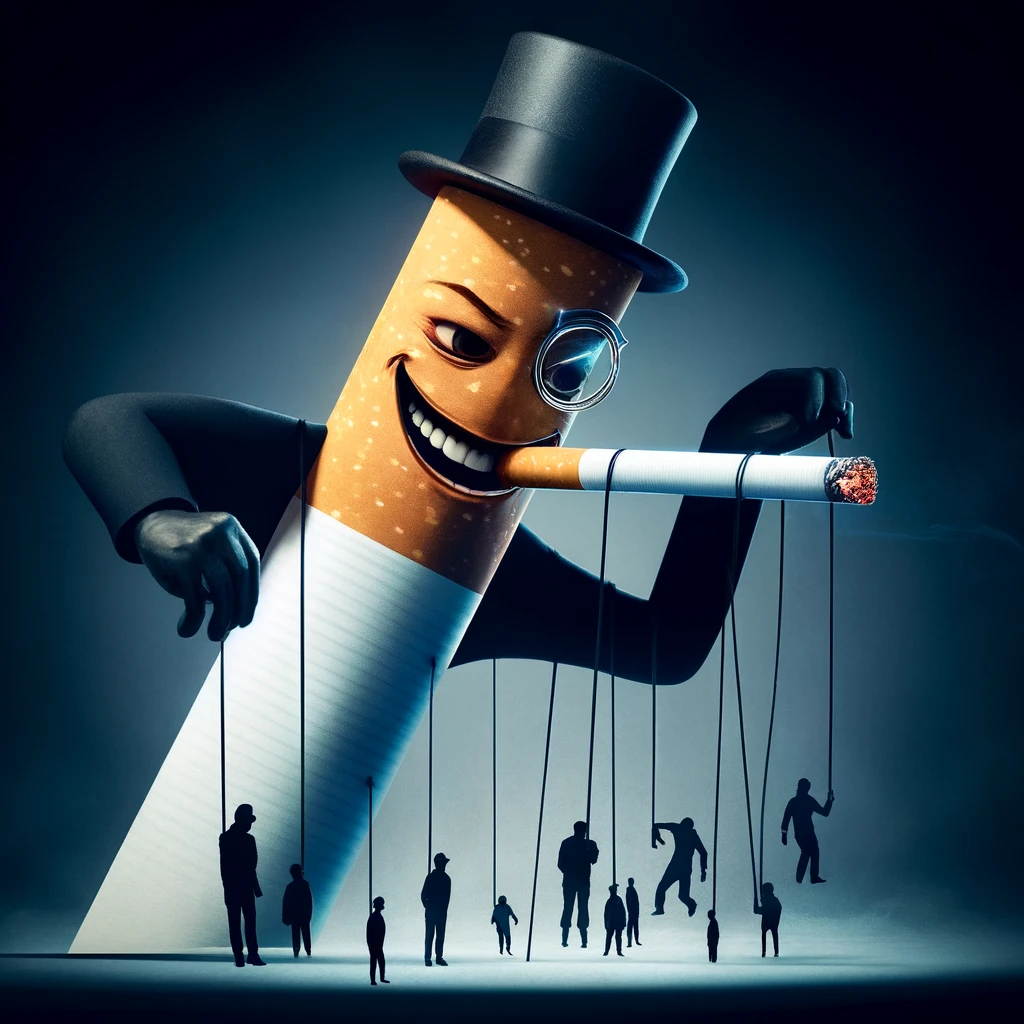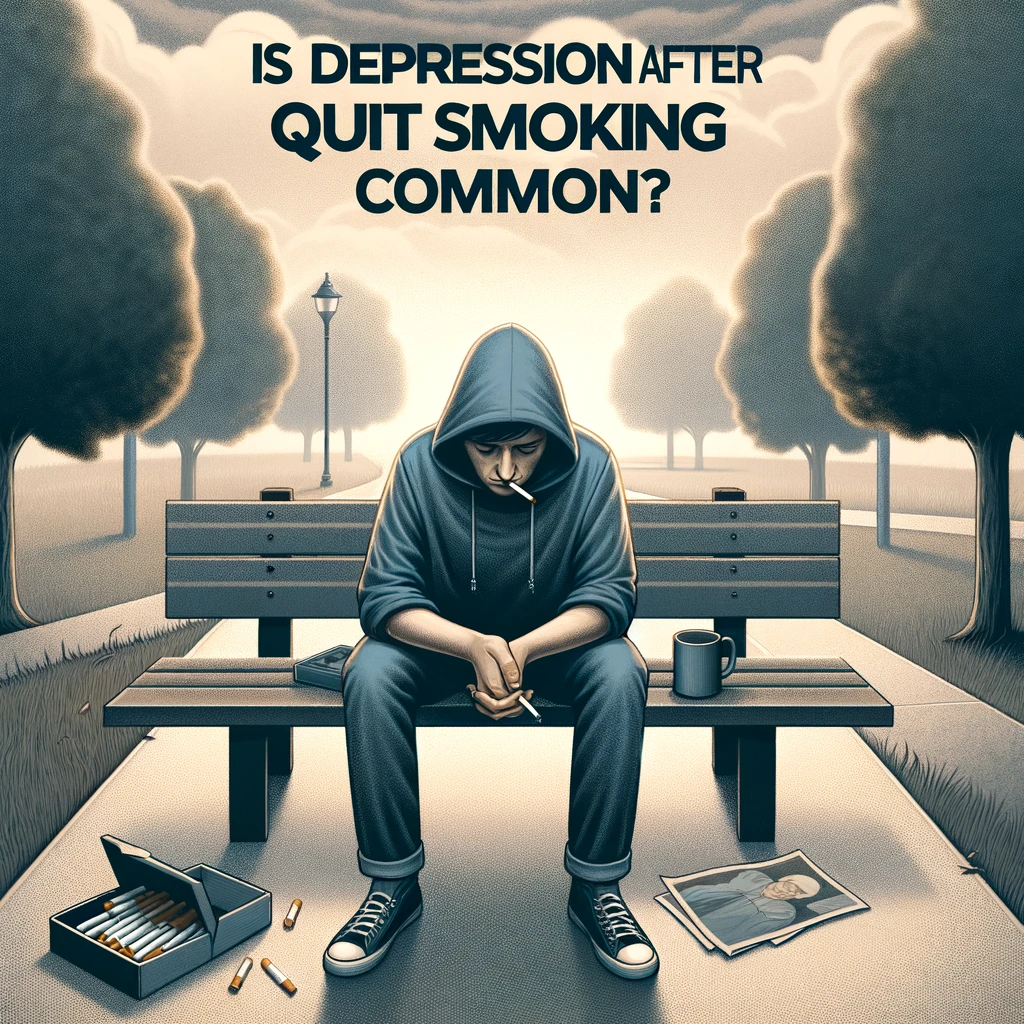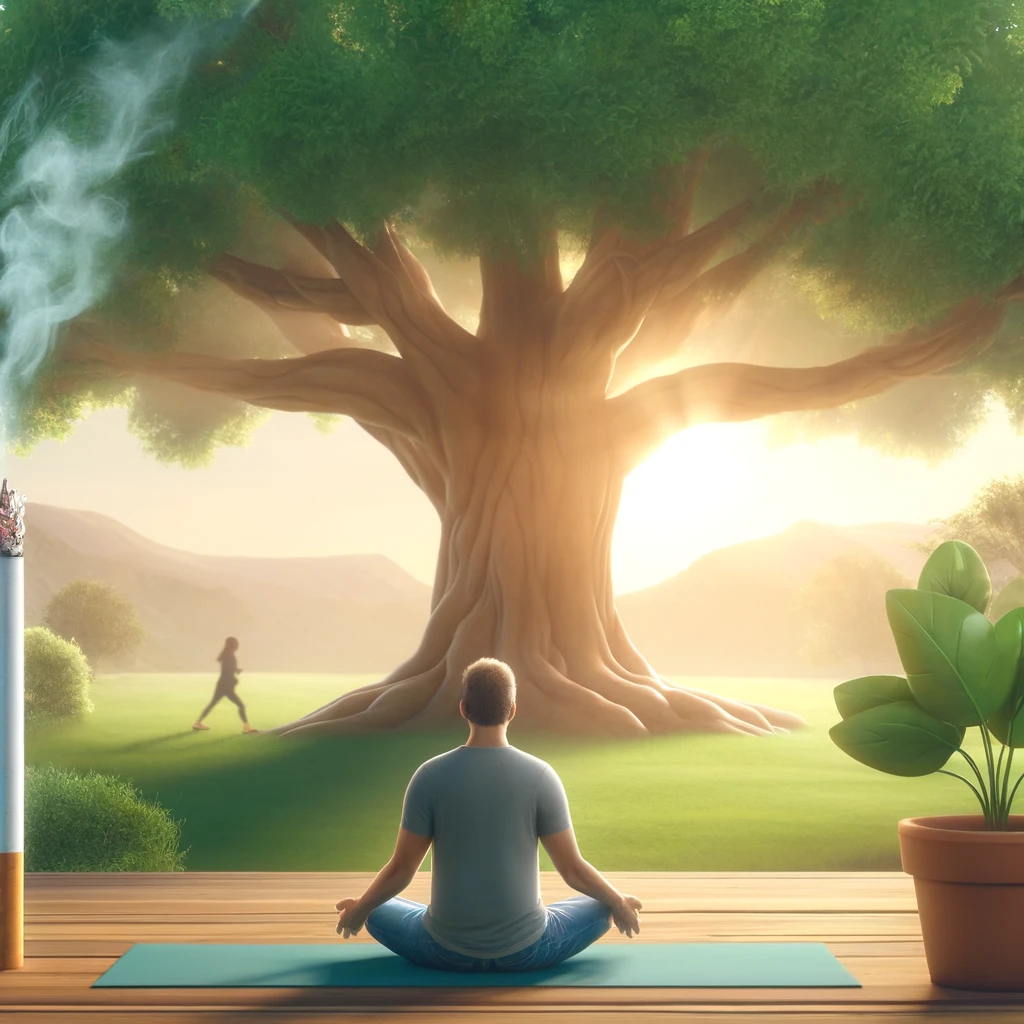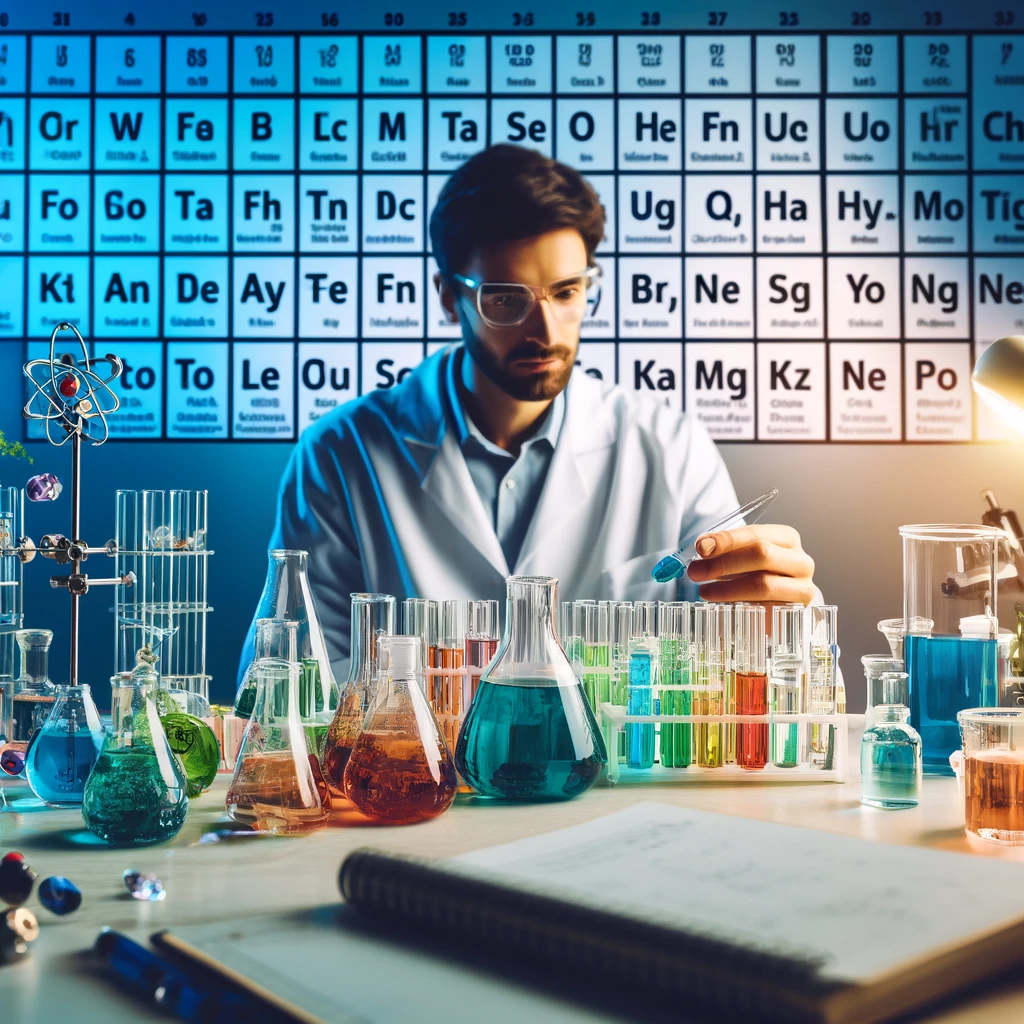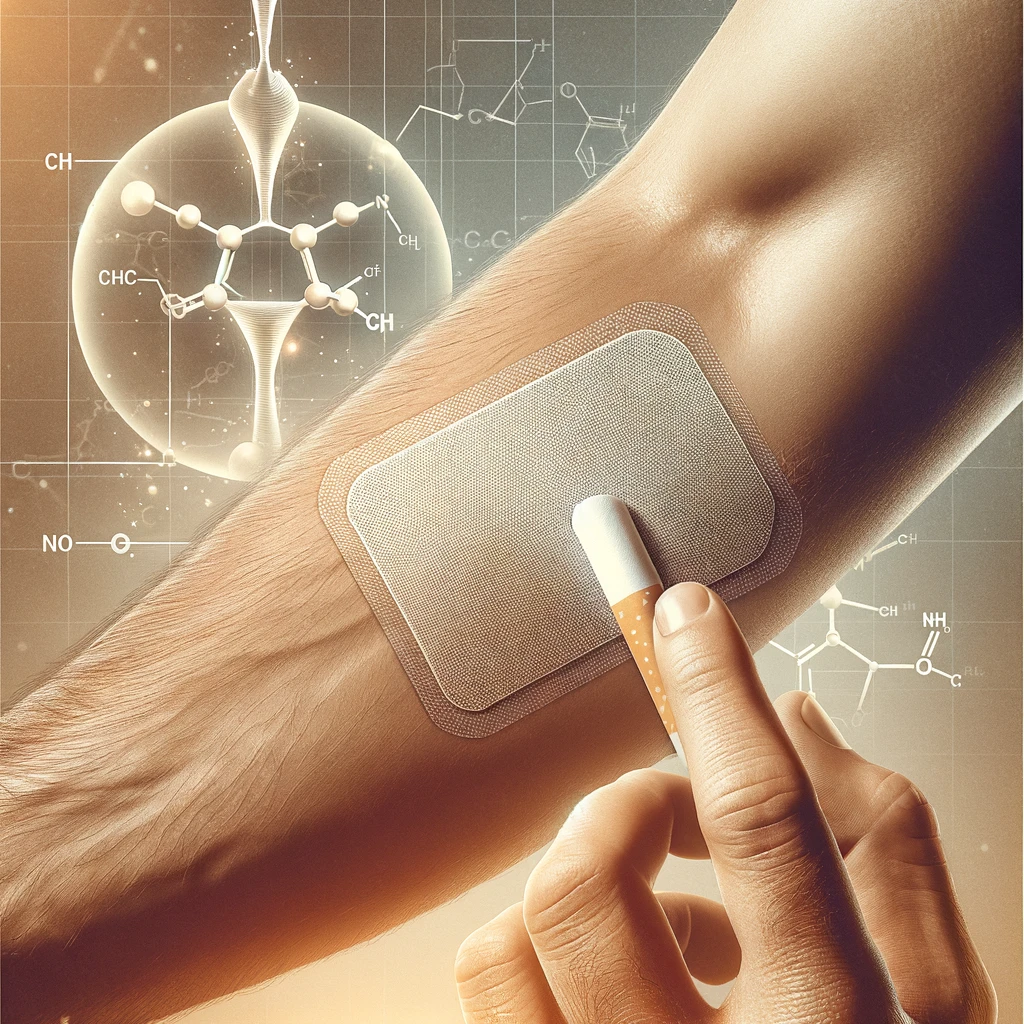Substance Use, Abuse and Addiction
Substance use is a part of our heritage. We humans have experienced with mind-altering substances for some time. And substance use is even part of our prehistory because monkeys, gorillas, chimpanzees and other primates ingested alcohol after discovering fermented fruit. Unfortunately, substance abuse also goes far back. The first record of abuse dates back to 6th century BC in regard to an alcohol- abusing Persian king.
The Basics of How Substances of Abuse Work
To understand substances, you have to think like a chemist (for a little while). A molecule is the smallest unit of a substance. At the molecular level, the substance is pure, but “on the street” it’s rarely pure- all street drugs are contaminated. By contaminated, we mean mixed with other substances that dilute effects and increase the profits of distributors! Less frequently, an additional substance is used to enhance the drug’s effects.
Drug and alcohol substances consist of active ingredients (the actual molecules that cross the blood/brain barrier), buffers (chemicals that neutralize or even reverse the effects of the active drug), and fillers (substances that come along for the ride). The active ingredients of most drugs and types of alcohol are well known, usually leaving a detectable chemical fingerprint within our bodies.
The active ingredients in drugs and alcohol are psychoactive, meaning they influence mental functions such as thinking, remembering and sensing. Substances may also affect breathing and the function of your heart and other organs. Some drugs, if taken excessively, are toxic or poisonous, and yes, they can kill you!
Addiction occurs when you need more of a drug to get high and you suffer withdrawal when the drug level in your system drops. Add these biochemical changes to the loss of control that you’ll likely experience (when you feel controlled by the drug instead of vice-versa), and you’re on your way to understanding addiction.
Taking non-medical drugs and other substances requires an experimental attitude. If you ingest substances, they tend to have predictable effects on you: some rev you up, some calm you down, and others trip you out. However, for some people, a given drug may also be a dud with little or no effect.
As we proceed to discuss the menu of available substances, we want to make the point that all of them can be dangerous. But some are more dangerous than others. Exactly how dangerous depends on how much you take, for how long, and how you react to the dosage (meaning the concentration of the drug). Some people have reactions to even small amounts of a drug (due to genetics, allergies and other sensitivities).
You may see references in the addictions field to controlled substances. This term refers to the legal status of certain substances. Typically, nicotine and caffeine aren’t designated as controlled substances because they’ve been used for a long time and are more socially acceptable.
Get a personal consultation.
Feel free to contact us nearest to your location

